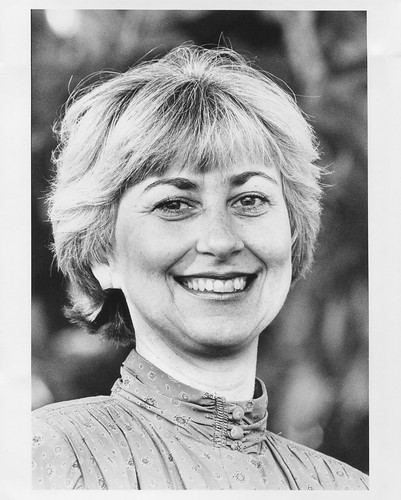
As the oldest of 11 children, Barbara C. Weber is accustomed to being the “first.” With top family ranking comes responsibility, and Weber had plenty of it.
Growing up on her family’s 160-acre dairy farm in Bloomington, Wis., Weber, along with her siblings, helped clean the barn, pick up eggs and tend to the animals. Her innate curiosity and connection to nature led to her love of science.
She was the first in her family to go to college, graduating from Viterbo College, a women’s school in LaCrosse, Wis., with a degree in biology. She would go on to earn a master’s degree in entomology at the University of Minnesota in St. Paul and a doctorate in zoology from Southern Illinois University.
Few women ranked among the agency’s scientific community when Weber joined in 1975. She became the first woman scientist at the North Central Research Station—which later became the Northern Research Station.
But being first had its challenges.
In 1978, Jackie Robertson, a research entomologist at the Pacific Southwest Research Station became the first to head a research project. Five years later, Weber followed suit. But even as she gathered more experience and prestige in her career as a scientist, Weber was often reminded in both subtle and not-so-subtle ways that she was a woman in a man’s world. She recalls one incident where she arrived with colleagues to a meeting to discuss a project she was spearheading. She was the only woman in the group. While the men mixed and mingled, no one paid any attention to Weber.
“They assumed that I was along for the ride, or that I was someone’s wife,” Weber said.
An embarrassed hush fell over the group when she announced that she was the project leader.
“It was fun for me to see their reaction,” Weber said.
And while Weber managed to keep a lighthearted attitude most of the time, she did admit that at times, the unequal treatment—a snub here, an inappropriate comment there—occasionally wore on her.
But Weber never gave up and through her professionalism proved to be a promising leader. She would go on to work at Forest Service headquarters in Washington, D.C. as a legislative resources specialist, and later staff assistant for planning in the Office of the Deputy Chief for Research.
Given all of her “firsts,” it was only fitting that Weber become the Forest Service’s first female director of a research station. She headed west to California to lead the Pacific Southwest Research Station in 1991. While there, Weber was well-liked by station staff and highly respected for her ability to build consensus.
Beyond the science, Weber was instrumental in improving workplace diversity. A 1981 consent decree, which specified hiring goals and affirmative action requirements helped pave the way for more women to join the Forest Service in California. Under Weber’s leadership, the research station received the Chief’s Multicultural Award in 1994. Today, about a third of the Forest Service’s 498 research scientists are women.
In 1994, Weber returned to Forest Service headquarters in Washington D.C. to become the associate deputy chief of Research, a position she held until her retirement in 2005.
“Barbara broke new ground in everything she did,” said Northern Research Station Assistant Director Hao Tran, who worked with Weber from 1997-2004. “Someone had to pave the way—and she did, in a very elegant and understated way.”
